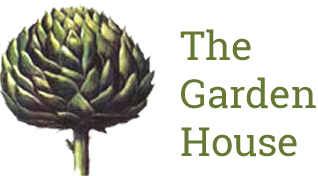Euphorbias, so useful in the garden
Posted:9 April 2012
Spring in the UK has been wonderful, certainly in the south, with extremely warm weather enjoyed, but at the same time rather troubling with the hosepipe ban, along with freezing temperatures on a couple of mornings this week! Our gardens and the countryside have changed dramatically over the last ten days.
I spent the last week of March in the Pelion, Greece where the change in season has been slower, more typical and less extreme, with warm days, cool evenings and a recent history of plenty of rain. The wild meadows were glorious. One of the main contributors to this visual treat is the Euphorbia characias, with its zingy green punctuating the blooming of more delicate flowers.
Euphorbiaceae is the name given to one of the largest families in the plant world, with about 300 genera and 7,500 species and sometimes commonly known as spurges. Euphorbia range from annual to perennial plants, and from woody shrubs to trees all share one feature in common, a caustic, poisonous milky sap. The botanical name Euphorbia derives from the Greek Euphorbus, the name of the physician to king Juba II of Numibia (52-50 BC 23 AD), whose stomach disorder may have been treated with Euphorbia resinifera (one of the more “cactus” looking species).
Euphorbias can play a many roles in the garden, with a species for most situations: Euphorbia amygdaloides var. robbiae brings early interest in a woodland border, with its bright green, unfurling, tips; architectural, tall, clumps of Euphorbia characias sub. wulfenii John Tomlinson can give structure, form and focus in an early spring border; Euphorbia griffithii Dixter with its brilliant red/orange bracts adds colour and drama to a summer border; the Euphorbia myrsinites is low growing, offering soft grey/green sharply defined leaves and great contrast to more colourful plants in a gravel garden or in a very sunny border; Euphorbia polychroma, with its acid- green star shaped flowers looks wonderful coupled with maroon planting, and the Euphorbia oblongata is a great background staple in your cutting garden.
Think about bringing Euphorbias into your garden the biggest warning being to be take care of the sap!

